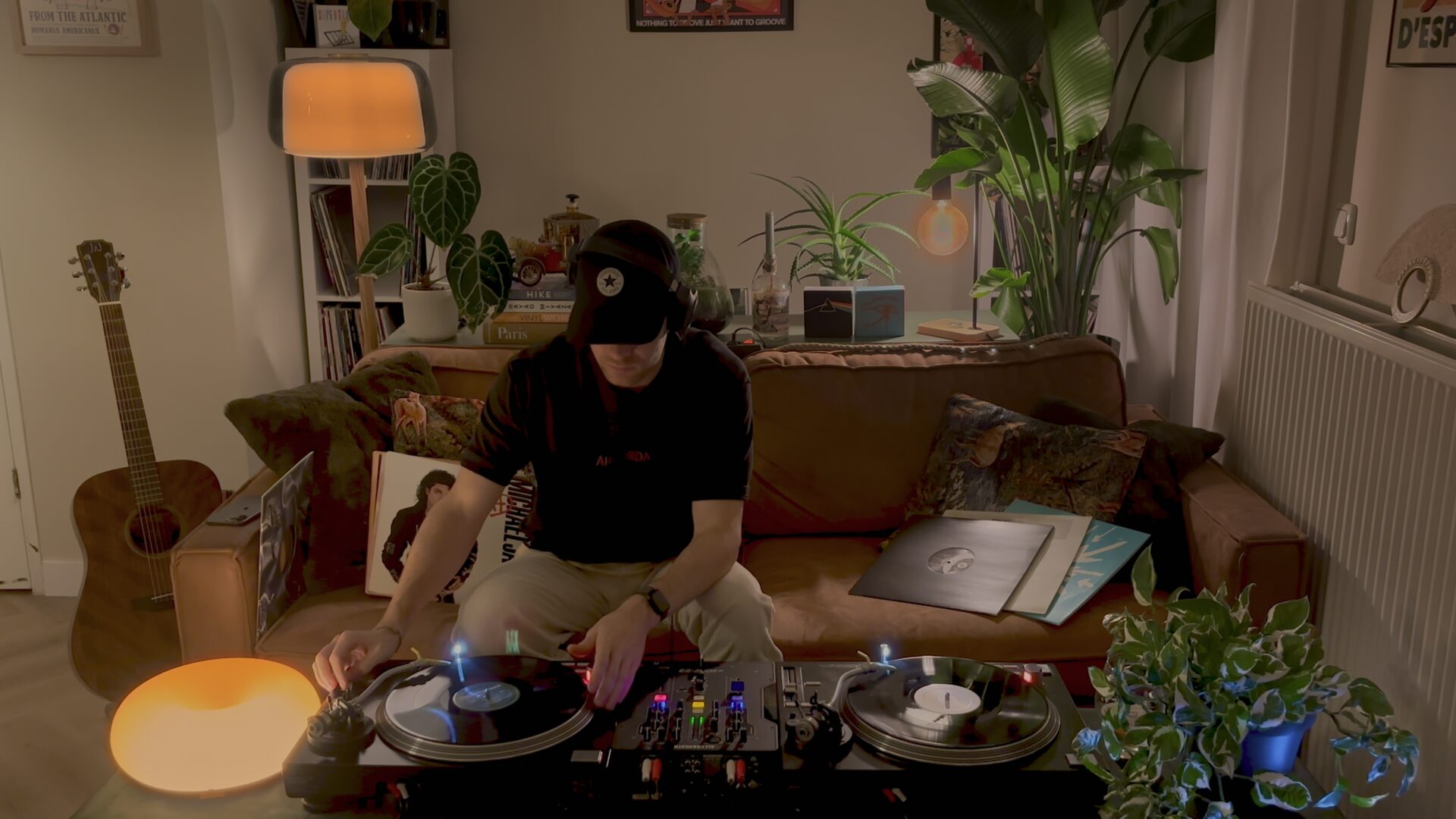How to Start Recording and Sharing Your Vinyl DJ Mixes
(Step-by-Step Guide)

Recording your mixes is one of the most valuable habits you can build as a vinyl DJ. It helps you hear your own sound in a way you can’t when you are behind the decks. The flow, the energy and the transitions sound and feel very different when you are mixing versus when you can actually listen back to it. And once you start sharing those recordings online, it becomes a way to connect and tell stories.
The good thing is, it really does not take much if you already have your whole DJ setup in place. In this step-by-step guide, I will walk you through all the steps you need so that you know how to record and share your vinyl DJ mixes.
Step 1: Know Your Output
Start by finding the right output on your mixer. Most mixers have a dedicated REC OUT; BOOTH OUT or Master 2 and any of those are the ones you want to use. It sends the mix at a steady level even with adjusting your master level.
If you have found the output that you are able to record your mix, it is time to connect it to an audio interface. This is a small box that converts your analog mix into a digital file your computer can record.
Step 2: Connect Through an Audio Interface
An interface does not need to be expensive. A small 2 channel model from Focusrite, Behringer or Steinberg will do just fine. I use the Behringer UCA-222, which is one of the most basic ones, but does the job perfectly for me.
Use a short, good quality RCA cable to connect your mixer to the audio interface. Make sure you connect it to input in your audio interface. After that, it is as simple as connecting your audio interface device to your computer through USB.
Your chain should look like this:
Mixer → Audio Interface → Recording Software
That is your recording set up done. Keep it clean and simple!
Step 3: Choose Recording Software
The easiest option that I also use is Audacity. It’s free and perfect for recording stereo mixes.
If you’re already using production software like Ableton Live, Logic, or FL Studio, you can record directly in there too.
Here’s the workflow:
- Open your software and make sure to select your audio interface as the input.
- Create a new stereo track for recording.
- Hit record, and start your mix.
When you’re finished, stop and save the file in a lossless format such as WAV or AIFF for best quality.
Step 4: Edit your visual recording
This step is of course optional depending on the platform you are uploading on. If you are uploading on Soundcloud or Mixcloud, you do not need this step, but if you want to reach a greater audience and engage more with your viewers, YouTube is the way to go.
Davinci Resolve is a great (and free) tool for this. You can drop your recorded mix into a new project, add cover art, text overlays, and your shot video clip, and export it as a finished video.
Other good options are Adobe Premiere Pro, Final Cut Pro, or CapCut if you’re editing on mobile.
Keep visuals simple. The focus should stay on the sound.
Step 5: Save and Organize Your Mixes
Get into the habit of naming your recordings clearly. Something like:
“Disco House Vinyl Mix – June 2025.MP4
Store them in folders by date or vibe. Over time, you’ll build an archive of your progress which serves as a timeline of your sound.
Step 6: Share Your Mix
When you’re happy with your mix, it’s time to share it.
Each platform has its own strengths:
- Mixcloud: great for full-length mixes without worrying about copyright.
- YouTube: perfect if you’ve added visuals or want to build a channel.
-
SoundCloud: best for shorter sets or themed snippets.
Add timestamps, track names (if allowed), and a short description about the mood or inspiration behind the mix. That context helps listeners connect with your sound.
Final Thoughts
Knowing how to record your vinyl DJ mixes is an essential part on your journey as a DJ. Your transitions feel so different when you listen it back. Sometimes it feels like you mixed perfectly and thought it sounded great, but in reality the both songs were not in key and it sounded off. Each mix teaches you something new. Once you start doing it regularly, you’ll wonder why you didn’t start sooner.
If you’re into vinyl DJing and want to learn more about DJ techniques, gear reviews and Vinyl culture, you can find more on MiskoDisco.com or check out my YouTube channel @Misko_Disco.








